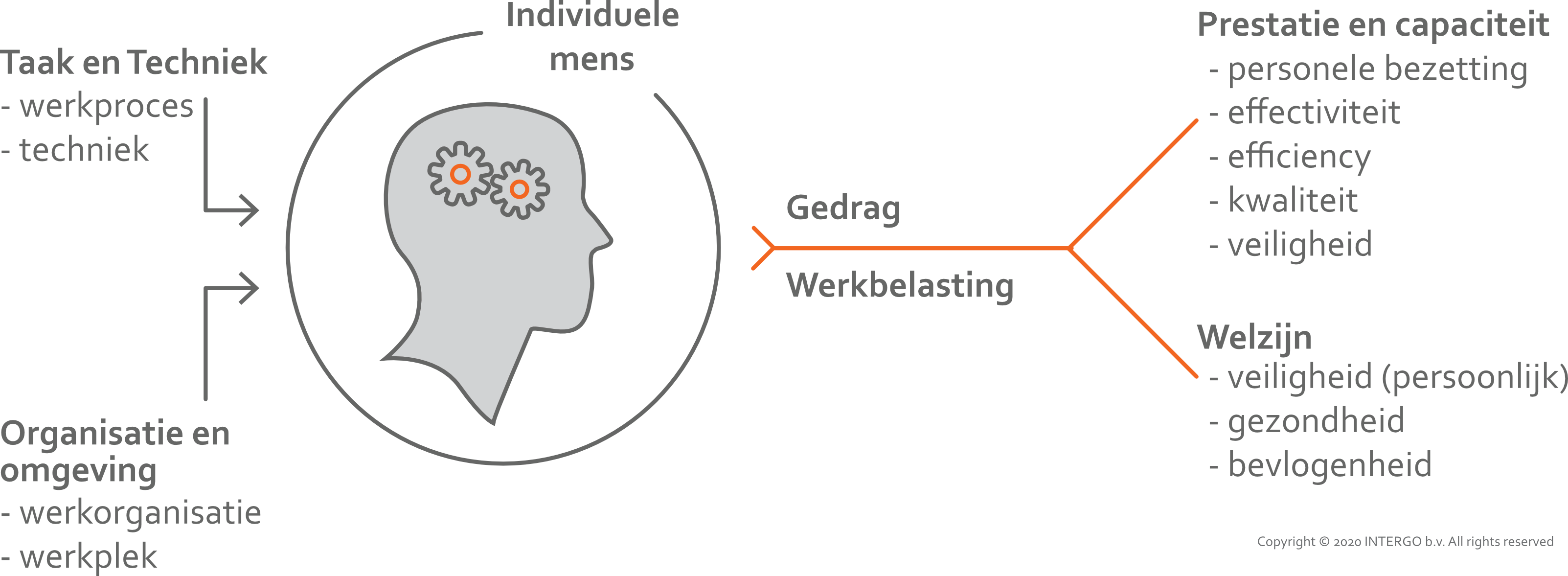Capacity and utilisation
Preventing excessive workload
How heavy are workloads in your control rooms and what are the consequences of merging two or more spaces?
These are important questions about capacity and utilisation, just as you might wish to know the number of employees needed under normal circumstances and in emergencies.
Which procedures help operators perform their tasks better and how well does cooperation between internal and external stakeholders occur?
It is these issues that we at Intergo are happy to support you with.
Would you like schedules to be more in line with the day, night, weekend or season? Are you looking for a more effective manner of distributing work among employees and available workplaces? We would be happy to help you clarify workload issues with regard to capacity and utilisation. We investigate possible problem areas and collaborate with you on finding available solutions.
Read more > We make workloads understandable • Toolkit of proven resources
Talk to our consultant

Melcher Zeilstra
+31 (0)6 5492 3307 • [email protected]
LinkedIn

Jouke Rypkema
+31 (0)6 2720 5749 • [email protected]
LinkedIn
We make workloads understandable
We provide insight into workloads and determine, for example, how many employees are needed to ensure that a process runs smoothly. Consideration is given to the important factors that influence employee performance and well-being.
Our work is based on documentation, national and international standards as well as our extensive experience derived from practical studies. In addition, we use the ISO 10075 (2017) standard as an important baseline.
The workload, capacity and utilisation model has three main components:

Task requirements
What is needed to achieve the required performance?
Relevant factors may include volume of work, variation in the level of difficulty and speed at which work has to be performed.
Work environment
What does the workplace and wider work organisation look like?
Distinguishing features include control options, opportunities for support, social pressure and, in particular, procedures and the style of leadership.
Personal factors
What kinds of knowledge, experience and private circumstances play a role?
Important considerations relate to competences, stress resistance, commitment and, to provide a more diversified example, individual differences between employees.
Toolkit of proven resources
We use a broad toolkit of proven resources to examine capacity, utilisation and workload. Our tools include:
RSME and IWS
Developed at the Universities of Groningen and Nottingham, these instruments measure how people experience their workload. At Intergo, we have translated them into comprehensive, usable standards, an operating manual, and a scoring methodology. We discover the concrete relationships between experienced work pressure, activities, and personal characteristics.
Task weighting, OWAT and Bobit
These instruments are used to measure task requirements and to predict such requirements for new situations. We can therefore use them to define new positions, work involving new systems or operations in accordance with new strategies. Our foresight helps to properly establish work procedures, roles, and tools, but also to support decisions concerning employee allocation.
HRV, Pupillometry and Eye-tracking
In addition to assessing mental workload, we also use these instruments to measure physiological strain. Examples include heart rate variability during work, as well as eye-tracking that allows us to measure pupil diameter. Such monitoring provides a good understanding of the physical workload experienced by employees.

